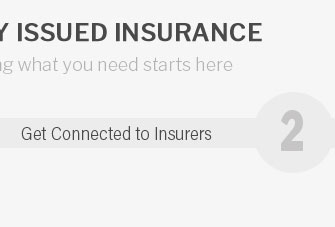 |
 |
 |
|---|
 |
 |
 |
 |
|---|
 |
 |
 |
 |
 |
 |
|---|

Car Insurance for Minors: Navigating the IntricaciesCar insurance for minors is a topic that often sparks a multitude of questions and concerns among parents and young drivers alike. The moment a teenager gets their driver's license, a new chapter begins not only in their life but also in the realm of family responsibilities. The importance of securing the right insurance cannot be overstated, as it provides a safety net that protects both the new driver and others on the road. Yet, understanding the nuances of car insurance for minors can be a daunting task, requiring a careful balance between coverage, cost, and the unique needs of young drivers. First and foremost, it is crucial to acknowledge that insuring a minor often comes with a higher price tag. Insurance companies perceive young drivers as high-risk due to their lack of experience and statistically higher likelihood of being involved in accidents. This perception inevitably results in higher premiums. However, there are strategies that can be employed to mitigate these costs. For instance, many insurance companies offer discounts for students who maintain a certain GPA, rewarding academic diligence with reduced rates. Furthermore, enrolling a minor in a driver's education course can not only enhance their driving skills but also lead to potential savings on insurance premiums. When considering the type of coverage, parents must deliberate on the most appropriate policy for their young driver. While state laws typically dictate minimum coverage requirements, it is often advisable to go beyond these basics. Comprehensive coverage, which includes protection against theft, vandalism, and natural disasters, can be particularly beneficial for minors, who may not yet possess the experience to navigate challenging driving situations. Additionally, collision coverage is vital, as it covers the cost of repairs in the event of an accident, a scenario that inexperienced drivers are statistically more prone to encounter. Real-world examples illustrate the importance of making informed decisions in this area. Take, for instance, the case of the Johnson family, who added their 16-year-old son to their existing policy. By bundling their home and auto insurance, they were able to secure a multi-policy discount, significantly offsetting the increased cost associated with insuring a minor. Similarly, the Smiths chose to install a telematics device in their daughter's car, allowing the insurance company to monitor her driving habits. This decision not only encouraged safer driving practices but also resulted in a reduced premium, thanks to the insurer's usage-based pricing model. In conclusion, while car insurance for minors presents certain challenges, it also offers opportunities for education and responsible financial planning. By exploring various discounts, considering comprehensive coverage options, and learning from real-life examples, parents and young drivers can navigate this complex landscape with greater confidence. The goal is to ensure that while minors are enjoying the newfound freedom that comes with driving, they are also adequately protected against the unpredictable nature of the road. Ultimately, staying well-informed and proactive in managing car insurance can transform what is often perceived as a burden into a valuable component of a minor's journey towards independence. https://www.thegeneral.com/blog/car-insurance-for-teens/
The cheapest way to insure a teenage driver is by adding them to your family's policy. Buying a teen their own policy is very expensive and ... https://www.ace.aaa.com/insurance/advocacy/how-auto-insurance-works-for-teen-drivers.html
In general, a teen driver is covered to drive a parent or guardian's car as long as they're listed on the same policy as that vehicle. https://www.usaa.com/inet/wc/auto_insurance_teen_driver_main
USAA has you and your teen covered when they're driving on their own. We're just a click or call away with USAA roadside assistance.
|
|---|